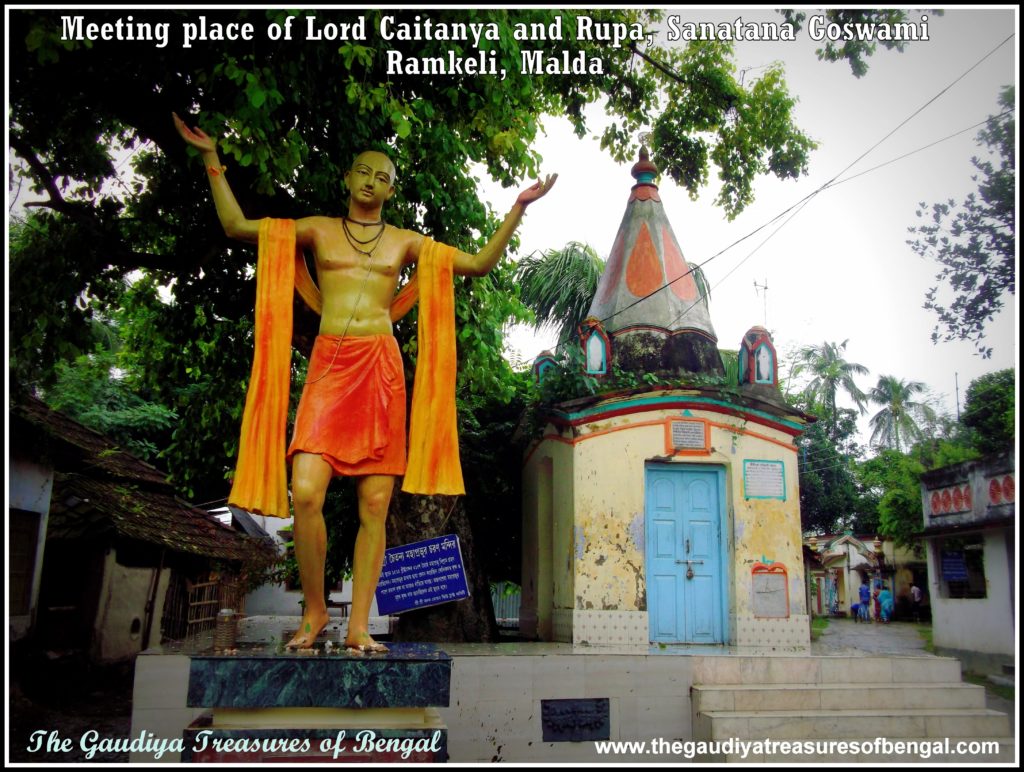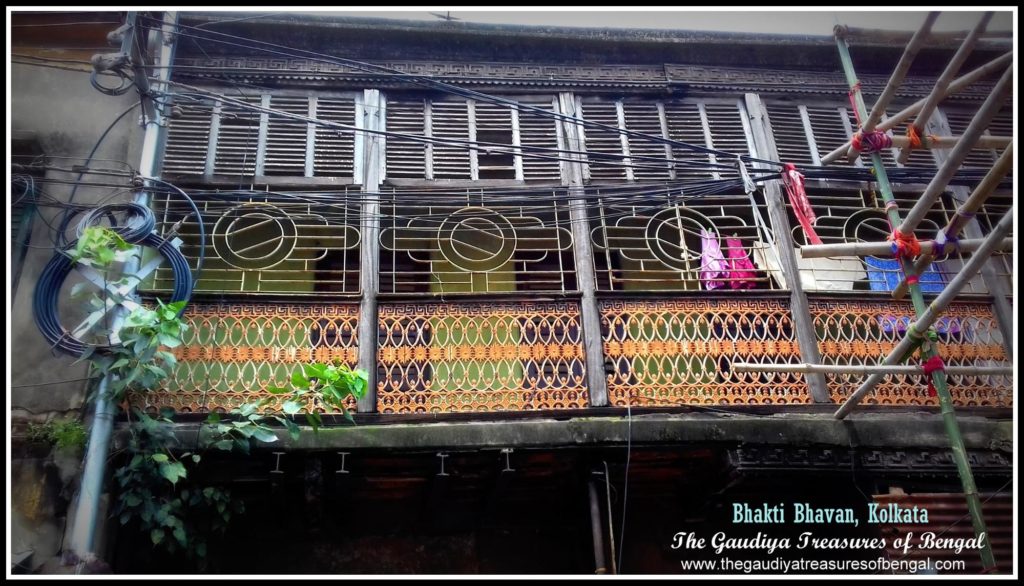
Bhakti Yoga or the process of rendering devotional service unto God is really very easy. In the process of Bhakti Yoga, one does not require to practice the physical austerities of astanga yoga or renounce the society altogether as in the other yogic processes. Yet one practicing Bhakti Yoga, finally achieves that supreme destination that eludes the practitioners of all the other yogic paths. The Gopis of Vrindavana were simple cowherd girls, who could achieve the supreme treasure of the Lord’s love. Now one might question, as to what their qualification was? They were neither the experts of astanga yoga nor learned scholars of the Vedic scriptures. Instead their qualification was simply an intense desire to serve the Lord and His beloved associates. Their desire was so intense that they could completely overlook their own pleasures or even sacrifice their very existence to serve Sri Krishna. Such was the stature of their devotion, that it bewildered even the Supreme Lord, and made Him wonder ,as to how one could love Him so much. The Supreme Lord hence had to descend again as Sri Caitanya Mahaprabhu to relish and understand the devotion of the Gopis. ‘The Gaudiya Treasures of Bengal’ has covered the appearance pastimes of Lord Caitanya in a separate article entitled – ‘YogPeeth, Mayapur, Navadvipa – The birthplace of Sri Caitanya Mahaprabhu’. Though it is not possible for us to imitate the exalted mood of the Gopis, we should hanker for opportunities to serve the Lord and deepen our relationship with Him. This is the very perfection of our lives.








